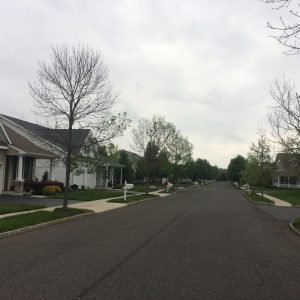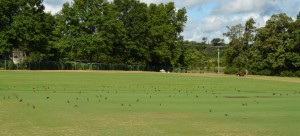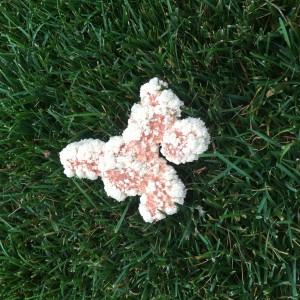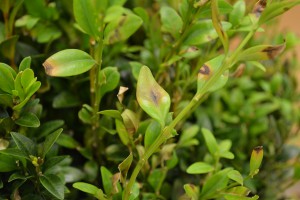The NJ Emerald Ash Borer Task Force has agreed upon the following in response to EAB management questions in NJ:
- All ash trees in NJ should be considered at high risk for EAB.
- It is appropriate to begin treatment of high value ash trees throughout NJ now.
- For any questions about treatment methods, we should refer to the “Insecticide Options for Protecting Ash Trees from Emerald Ash Borer” bulletin on the website (emeraldashborer.nj.gov).
- We should recommend that people work with a Certified (Licensed) Tree Expert or Approved Consulting Forester to help them determine whether or not their ash trees are good candidates for a treatment program (vs. removal), and that they should contract a Certified Pesticide Applicator to complete any chemical treatments.
- Any trees determined to be of high safety risk should be removed immediately.
- Any actively infested trees should be cut down and chipped as soon as possible and then left on site (in the municipality).
- For all other ash, it is best to complete removals in the fall and winter. The material must be processed (chipped or de-barked) before emergence (by late April).
- For municipalities, we should recommend triage of the ash resource to spread out ash removals over several years.
Rich Buckley at the Rutgers Plant Diagnostic Lab has agreed to examine samples for EAB at no charge as long as they are brought to the lab.
Anyone interested should be directed to contact the Rutgers Plant Diagnostic Lab, and should bring the beetle, larvae, or sample of symptomatic tissue (chunk of bark with exit wound).
The NJ EAB Task Force is comprised of representatives from the NJ Department of Agriculture, NJ State Forest Service, USDA APHIS, Rutgers University, and the US Forest Service. The Task Force works to collaborate on EAB management decisions and advice, and to consolidate and disburse information and resources relevant to EAB in New Jersey.







